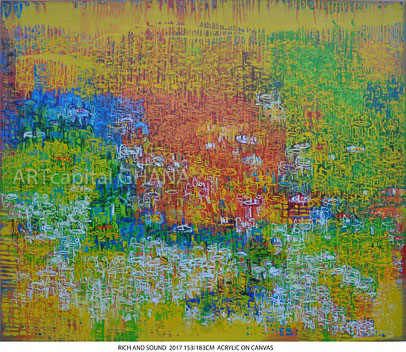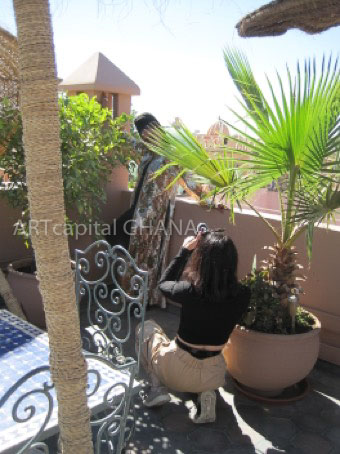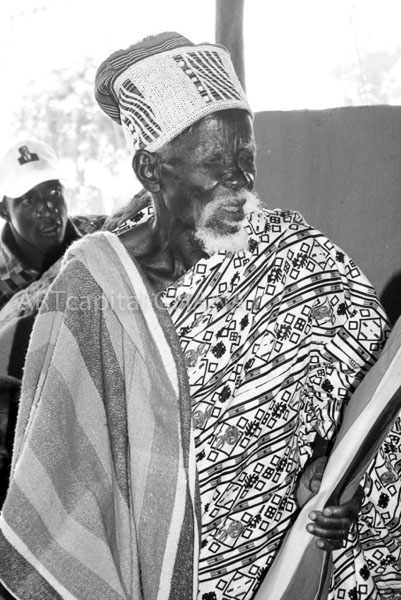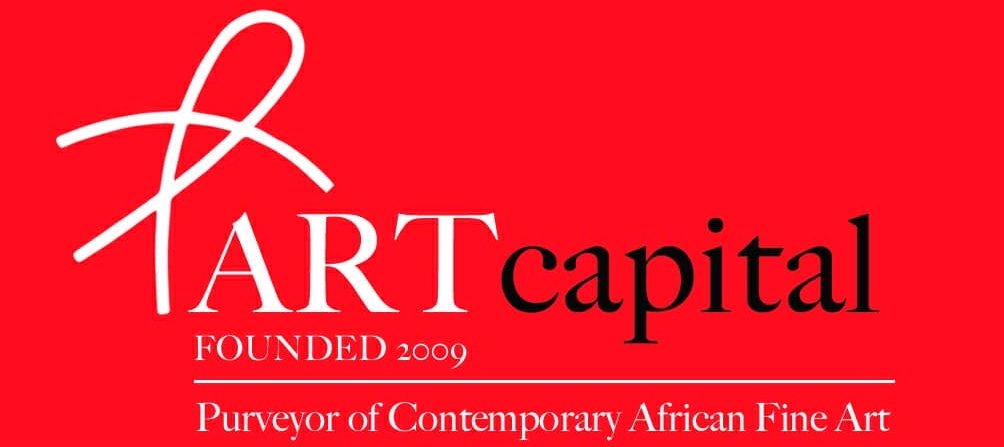By Nii B. Andrews.
There is a long history of controversy with respect to conferring authenticity on traditional /classic African art.
Most often, this was the purview of non-African anthropologists, art historians, art dealers, auction houses and museums; the market and the fake often go hand in hand.
Once an artwork has value, not surprisingly, there is a banal urge to profit through fakery.
As CAA continues to increase in value and international prominence, these tensions have started occurring with the work of African masters.

Gerard de Kamper – chief curator of collections at the University of Pretoria, reports from the South African art scene that the problem affects mostly the ‘black modernists (1960 – 1990) whose legacy is suffering’.
The lack of extensive published source material on these artists, especially references during their lifetimes, leads to challenges in confirming their works – even their stylistic traits.
It is to mitigate this – albeit, in a small way, that we publish this blog and showcase the work of established and emerging artists in CAA.
De Kamper also reports that the relatively low price of most of the artwork (usually less than USD 5K) means that sellers and prospective buyers do not execute due diligence with respect to provenance and or technical analysis of the work.

In addition, once there is a perception that an artist’s work includes fakes, demand dwindles with devastating results to market value; the price suffers a marked diminution.
Fake art is an international problem which is particularly bad if it should affect CAA especially at this time.
Thankfully, there is no evidence that it has in any significant manner; it has not.
On this site, we do not show fakes; we never have and never will.

There are also numerous art dealers, gallerists, curators and artists that we work with who can and do provide professional assistance to authenticate pieces.
Asking probing questions before purchasing any artwork should not be considered boring, neither should hesitation be thought of as dull.
Indeed, the more chiaroscuro around an art piece, the larger the dents to its authenticity.
This is yet another reason why CAA remains an important area for intellectual and aesthetic fulfillment….and also yes – as a capital asset.
******RICH AND SOUND: Kofi Agorsor, 2017. Private collection.

I just LOVE your blog. Thank you for your outstanding elevation of, expertise in and sustained contributions to the African art world.
We deeply appreciate your continued support, DL.